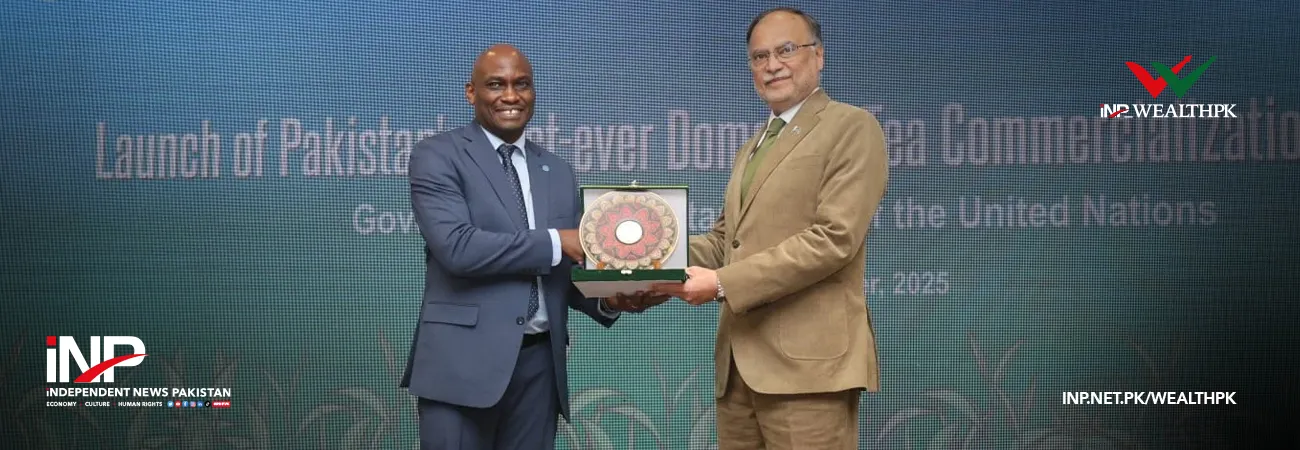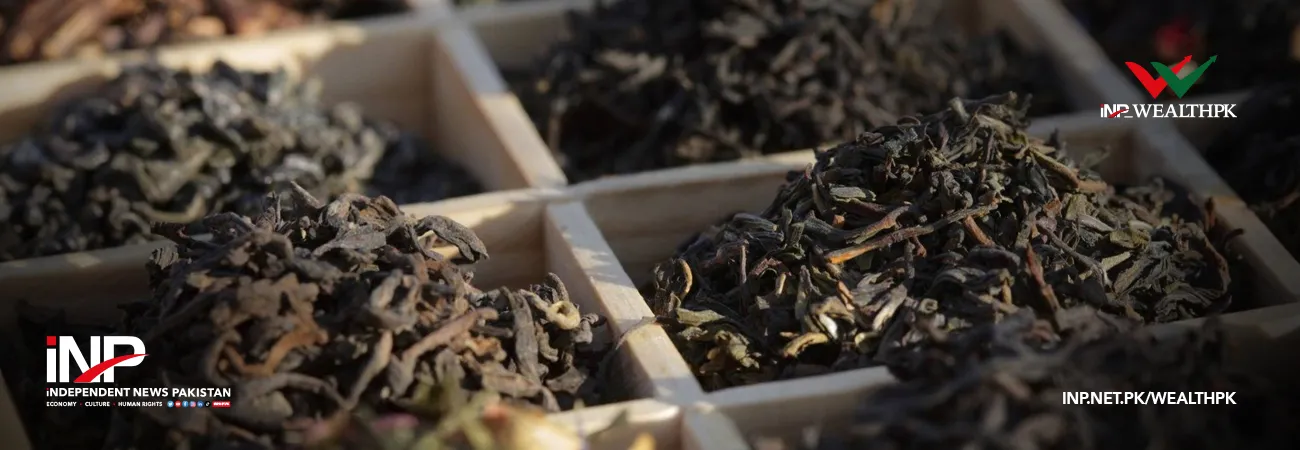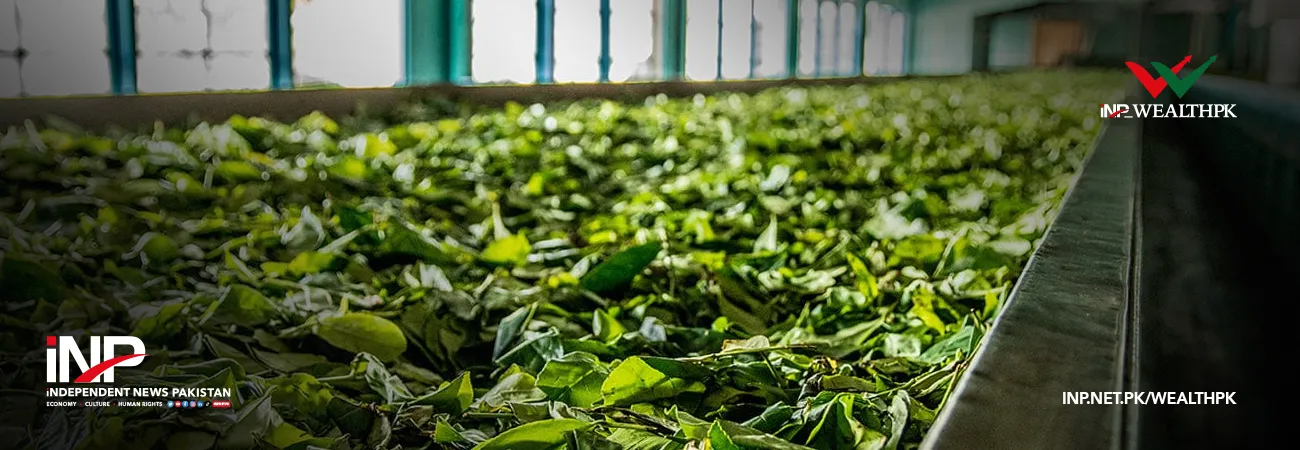INP-WealthPk
Qudsia Bano
Experts say the State Bank of Pakistan’s (SBP) latest Monetary Policy Report (MPR) reflects a cautious yet balanced approach, aimed at stabilising inflation while supporting gradual economic recovery. However, they warn that external sector risks — particularly a widening trade deficit and slowing global demand — could challenge the central bank’s optimistic projections.

Dr. Hamid Haroon, a former SBP economist at the SBP, said the decision to maintainkeep the policy rate at 11 percent indicatesshows confidence that inflation will remainstay within the medium-term target range. “The report’s message is clear — monetary policy has shifted to a wait-and-watch mode. The SBP expects earlier rate cuts to keepcontinue feeding into the economy, and the real policy rate to stayremain sufficiently positive enough to anchor inflation expectations. This is an important signal for investors and businesses,” he told WealthPK.
The latest MPR was released following the June and July Monetary Policy Committee (MPC) meetings, where the policy rate was kept unchanged at 11 percent. According to the SBP, GDP growth for FY26 is projected between 3.25 and 4.25 percent, supported by the lagged effects of earlier rate cuts and a gradual improvement in domestic activity. Inflation is expected to remain within the medium-term target range, while the trade deficit is forecast to widen — resulting in a current account deficit of 0–1 percent of GDP despite continuedsteady remittance inflows.
Foreign exchange reserves, which have already risen above $14 billion, are projected to reach $15.5 billion by end-December 2025, supported by financial inflows and the SBP’s ongoing interbank foreign exchange purchases. The report also highlightspoints to potential risks from weaker global demand, falling export prices — particularly for rice — and domestic supply-side constraints.
Dr. Haroon cautioned that the SBP’s reserve projections depend heavily on consistent inflows. “A large part of the external stability narrative rests on planned financial inflows and steady remittances. However, the report itself acknowledges that the trade deficit will widen and export prices for key commodities like rice remain under pressure. This could slow the pace of reserve accumulation,” he said.
Dr. Ahmad Mateen, a former financial analyst at the World Bank, said the growth forecast of 3.25–4.25 percent for FY26 is achievable but hinges on policy stability and improved business sentiment. “The SBP is banking on the lagged effects of earlier monetary easing to boost domestic activity. This is consistentaligns with the global trend of cautious rate adjustments, but Pakistan’s case is more sensitive to supply shocks, energy costs, and global market conditions,” she noted.
She welcomed the report’s emphasisfocus on enhancing communication tools and transparency, particularly through the inflation fan chart and detailed analysis of monetary transmission lags. “The use of alternative data sources and machine learning in agriculture and labour market analysis is a positive development. It will help address data gaps that have historicallylong made economic forecasting difficult in Pakistan. But translating these insights into timely and effective policy action will be the real test,” she added.
The SBP’s MPR also projects that while remittances will continue to provide support, their growth will slow due to a high base effect and changes in incentive schemes. CoupledCombined with the expected widening of the trade deficit, the central bank forecasts the current account deficit to remain between zero and one percent of GDP in FY26. Experts agree that these projections are not alarming in the short term but require carefulclose monitoring to prevent external imbalances in the medium term.
Credit: INP-WealthPk













